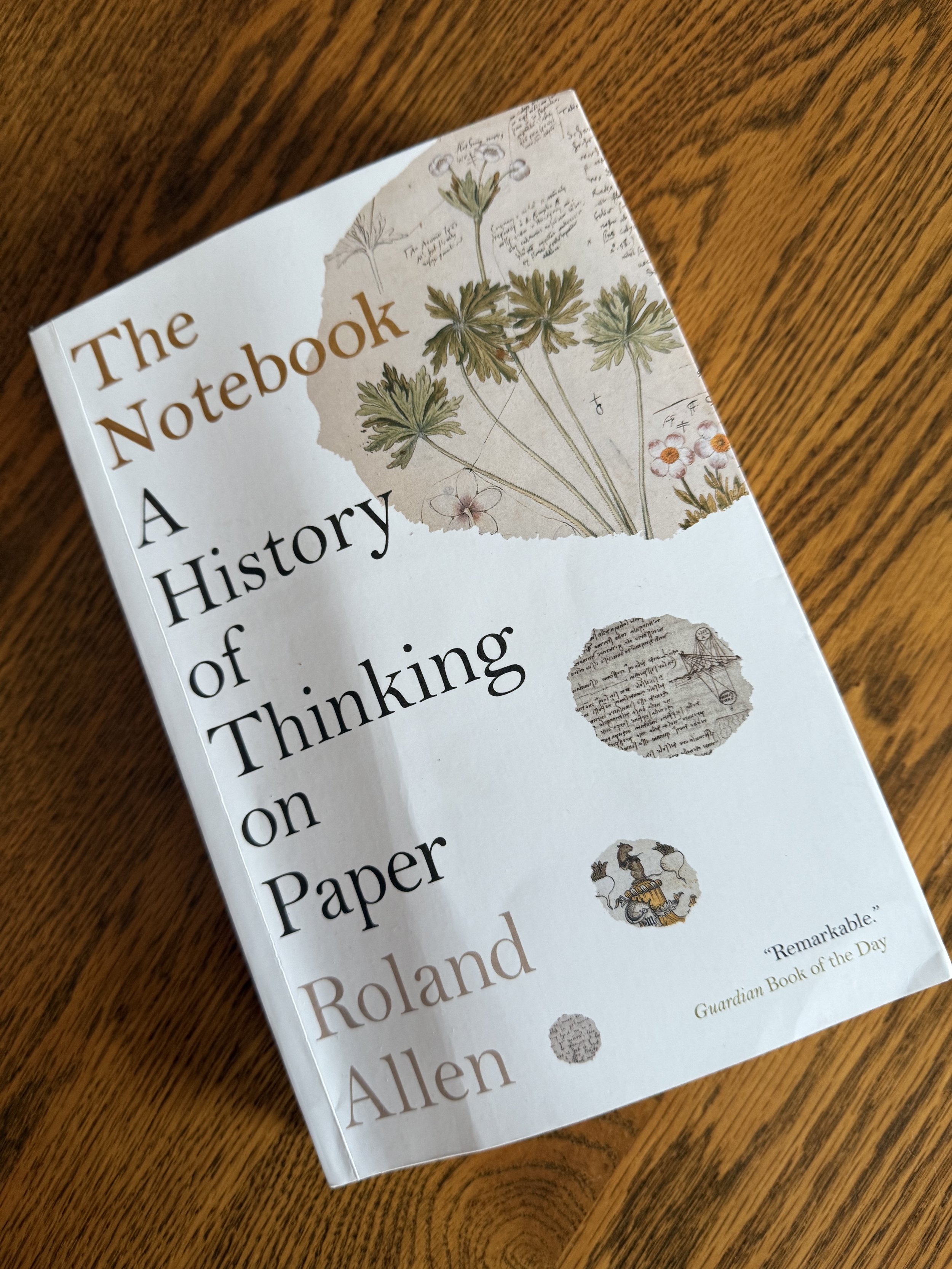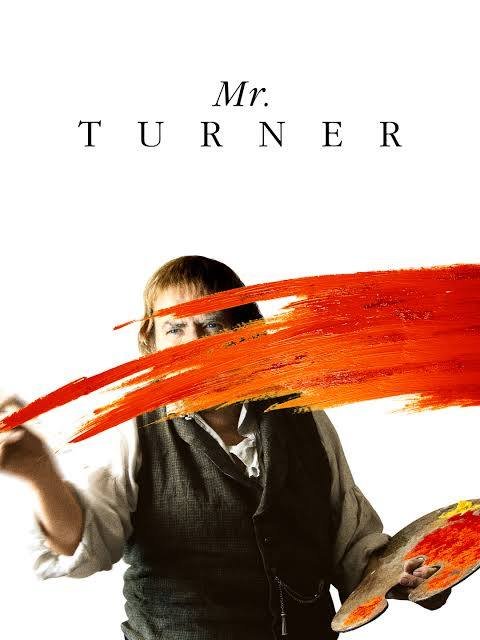January Notes - 2025
THINKING ON PAPER
As a child I fantasized that my bedroom had a bunk bed and the room was completely filled with paper up to the height of the bed. I sat on top of the bed and filled the paper with either writing or drawings.
I’ve kept journals and sketchbooks most of my life. My sketchbooks are strangely orderly. I tend to follow a theme and work on variations of it throughout the book. Conversely, I feel challenged by what I should keep in a journal. I have journals that recount my day, others about work, separate ones for travel, and still others filled with automatic writing. Talk about “organizing your thoughts!”
Some artists work with whatever comes to hand. Bonnard made sketches in his small pocket calendar, My father was a doctor in same hospital as William Carlos Williams, and he told me about him writing his poems on his prescription pads. Some authors swear by the Moleskin notebook. I used to have a friend send me Ordning & Reda notebooks from Sweden, until they stopped making them.
Not all notebooks are personal or sacred. Darwin’s children filled his manuscripts with marginalia of personified vegetables racing.
I remember seeing the drawings of Pisanello and the sketchbooks of Constable for the first time. How immediate they felt. Their quality of investigation, of thinking on paper. It’s another way to engage with the world.
NOTEBOOKS FROM SOME ARTISTS, SCIENTISTS, WRITERS AND SOLDIERS
-
Autograph notes on the satellites of Jupiter on January 1611.
-
While this is an early Gauguin sketchbook, the last one he wrote “Avant et Aprés”, which had been missing for decades, is now at the Courtauld Gallery in London. In it, he writes about his time with Van Gogh in Arles. You can explore the notebook here: https://courtauld.ac.uk/gallery/the-collection/prints-and-drawings/discover-avant-et-apres/turn-the-pages-of-avant-et-apres-by-paul-gauguin/
-
To learn more about Delacroix’s “Moroccan Sketchbooks”, you can download this book on the subject by Mary Strupp. https://marycreatesart.com/wp-content/uploads/2016/07/eugene-delacroix-moroccoan-sketch.pdf
-
“Einstein's search for general relativity spanned eight years, 1907-1915. Some periods were quiet and some were more intense. The moments when the great transition occurred, came sometime between the late summer of 1912, when Einstein moved from Prague to Zurich, and early 1913. If we could choose one time at which to look over Einstein's shoulder and watch him work on general relativity, it would be this time.
And that is just what we can do. For, found among his papers when Einstein died in 1955 was a small, brown notebook containing his private calculations from just this time. This is the Zurich notebook.”
-
She was part of the School of Paris and co-founded the Orphismart movement, noted for its use of strong colours and geometric shapes, with her husband Robert Delaunay and others. She was the first living female artist to have a retrospective exhibition at the Louvre in 1964, and in 1975 was named an officer of the French Legion of Honor.
Her work in modern design included the concepts of geometric abstraction, and the integration of furniture, fabrics, wall coverings, and clothing into her art practice.[1] [Wiki]
-
The copy of artists made by other artists is always interesting. At times you can detect what drew their eye to the work.
The best resource for Turner Sketchbooks is the Tate: https://www.tate.org.uk/about-us/projects/jmw-turner-sketchbooks-drawings-watercolours
-
Volume III of Mark Twain's notebooks spans the years 1883 to 1891, a period during which Mark Twain's personal fortunes reached their zenith, as he emerged as one of the most successful authors and publishers in American literary history. During these years Life on the Mississippi, Adventures of Huckleberry Finn, and a Connecticut Yankee in King Arthur's Court appeared, revealing the diversity, depth, and vitality of Mark Twain's literary talents. With his speeches, his public performances, and his lecture tour of 1884/1885, he became the most recognizable of national figures. At the same time, Mark Twain's growing fame and prosperity allowed him to plunge deeply into the business world, a sphere not suited to his erratic energies. He created the subscription publish firm of Charles L. Webster & Company, Which published the most profitable book of its time, the Personal Memoirs of U.S. Grant. And he became the primary financial support for the ingenious but imperfectible Paige typesetter. Within a few years both the publishing company and the typesetter had taxed Mark Twain's patience, and pocket, beyond endurance. The near bankruptcy of the publishing firm and the debacle of the typesetter scheme finally resulted in 1891 in a drastic decision--to leave the house in Hartford, Connecticut, which had long been the symbol of Mark Twain's rising fortunes and idyllic family life, and move to Europe for an indefinite period in the hope of reducing the family's living expenses. The Clemens family would never return to the Hartford house, and the European stay would lengthen into an almost unbroken nine years of exile. Mark Twain's notebooks permit an intimate view of this turbulent period, whose triumphs were tempered by intimations of financial disaster and personal bitterness.
-
“Bonnard drew on terrible paper; cheap children’s sketch books, calendars, envelopes, anything. The drawings are usually made with a soft pencil and tend to be small – about five inches – so they fit easily into his pocket and attracted minimal attention while being made.
George Besson tells us he ‘scrawled them with a burnt match, even a broken pen, but he had a predilection for an indescribably blunt pencil that was so short that a landscape or a nude seemed to spring from the ends of his three fingers compressed around an invisible point’. His need to quickly record on his scrap of paper everything that he would later need in the studio resulted in the creation of a visual language, an extraordinary variety of marks and rich decorative descriptions of pattern, form, and surface.”
-
Paul Klee Notebooks is a two-volume work by the Swiss-born artist Paul Klee that collects his lectures at the Bauhaus schools in 1920s Germany and his other main essays on modern art. These works are considered so important for understanding modern art that they are compared to the importance that Leonardo's A Treatise on Painting had for Renaissance.[1][2][3]Herbert Read called the collection "the most complete presentation of the principles of design ever made by a modern artist – it constitutes the Principia Aesthetica of a new era of art, in which Klee occupies a position comparable to Newton's in the realm of physics."[4][5] [Wiki]
-
“On display at MoMA are four sketchbooks that Seurat used during his year of military service. They sit in a vitrine beside two computer monitors that allow viewers to thumb through scanned images of the sketchbook's pages. What a fine idea to use digital imagery to access the sketchbooks, for within their covers are scattered the seeds of Seurat's mature work! Doubled-over laborers and long-limbed dandies in top hats, craggy, bare branches and lumpish horses, women reading and soldiers engaged in domestic tasks, all are Naturalist subjects that will figure prominently in Seurat's mature drawings. On those occasions when Seurat uses color in his sketchbook jottings, he draws on an incipient awareness of chromatic contrasts that was to play such an important role in his paintings. For instance, in a sketch of a seated soldier from 1879-1880, a green outline contains the reddish-orange of the soldier's trousers; his purple kepi sits at his side, engulfed in a hatched yellow field, its red pompom encircled with a stroke of green (fig. 4). Robert Herbert describes the importance of the Brest sketchbooks: "He [Seurat] applied his lessons to naturalistic subjects, and learned to pick out the most characteristic elements, to concentrate upon the most crystalline and economic expression of form."2 The sketchbooks bridge Seurat's academic education and the innovative works that define his Divisionist aesthetic, those drawings and paintings created between the early 1880s and his death in 1891. “ from a review of Seurat’s drawing exhibition at MOMA by Michael Dorsch
Assistant Professor of Art History,
The Cooper Union for the Advancement of Science and Art, New YorkYou can explore the notebooks here: https://conifer.rhizome.org/nyarc/moma-seurat/$br:chrome:76/https://www.moma.org/interactives/exhibitions/2007/seurat/
-
To learn more about Delacroix’s “Moroccan Sketchbooks”, you can download this book on the subject by Mary Strupp. https://marycreatesart.com/wp-content/uploads/2016/07/eugene-delacroix-moroccoan-sketch.pdf
-
Most of Diebenkorn’s Sketchbooks can be seen at the Cantor Arts Center at Stanford University.
-
Diaries from the front lines of WWI" refer to personal journals kept by soldiers during World War I, detailing their experiences in the trenches, including the harsh conditions, constant shelling, battles, and the psychological toll of war, offering a raw and intimate perspective on life on the front lines; notable examples can be found in collections at the National Archives, Imperial War Museums, and various national libraries, providing valuable historical insights into the everyday realities of combat in the Great War.
-
My father, who worked with William Carlos Williams in New York, was the first one to tell me about WCW writing his poems on his prescription pad. My father said he kept it in his pocket and pulled it out when needed.
HISTORY SPOTLIGHT: TURNER
I suspect Turner was using this page to gage the color on his brush, not to make a composition. Although it would be all the more remarkable if it were. I love this page because I see the modernist emerge, but I am sure that is just my projection. Turner made 37,000 sketches and watercolors, and I highly recommend looking at the project taken on by the Tate to catalog all of this work, most of which has been bequeathed to the museum.
They have categorized it by periods with images and essays for each one. This is a great resource for a deep dive. THE TURNER PROJECT
FROM THE LIBRARY : ROLAND ALLEN’S THE NOTEBOOK: A HISTORY OF THINKING ON PAPER
“The Notebook: A History of Thinking on Paper” is a remarkable history, and one that may make you think twice about giving up pen and paper. Once your read this, you might also like to revisit Doris Lessing’s ‘The Golden Notebook.” That book made me think about how our lives splinter into categories that we keep in different notebooks until at the extreme it bursts into a constellation of post-it notes. As someone who keeps many different notebooks for different aspects of my life, this really struck home.
“Roland Allen reveals how the notebook became our most dependable and versatile tool for creative thinking. He tells the notebook stories of Leonardo and Frida Kahlo, Isaac Newton and Marie Curie, and writers from Chaucer to Henry James; shows how Darwin developed his theory of evolution in tiny pocket books and Agatha Christie plotted a hundred murders in scrappy exercise books; and introduces a host of cooks, kings, sailors, fishermen, musicians, engineers, politicians, adventurers, and mathematicians, all of whom used their notebooks as a space to think--and in doing so, shaped the modern world.”
AT THE MOVIES: MR. TURNER
I picked Mr. Turner for this month because his sketchbooks are remarkable, not that they play much of a role in this film.
. . . “Mr. Turner” understands creative people on every conceivable level, and translates that understanding with a deftness rarely seen outside of astute documentaries about creative people. To watch it is to feel as though you’re a part of its world, talking shop with the painters, experiencing tiny fluctuations in received wisdom and sudden changes of artistic direction that can only be sensed by professionals who are plugged into their art form, and completely in command of their talents. – Robert Ebert
ART SPOTLIGHT: CURRENT
I spent December and the first part of this month painting over some paintings I wasn’t happy with. What I love about that is that I start with a patina and some history that I either work with or against. You can see the rest of paintings that I reworked here.























